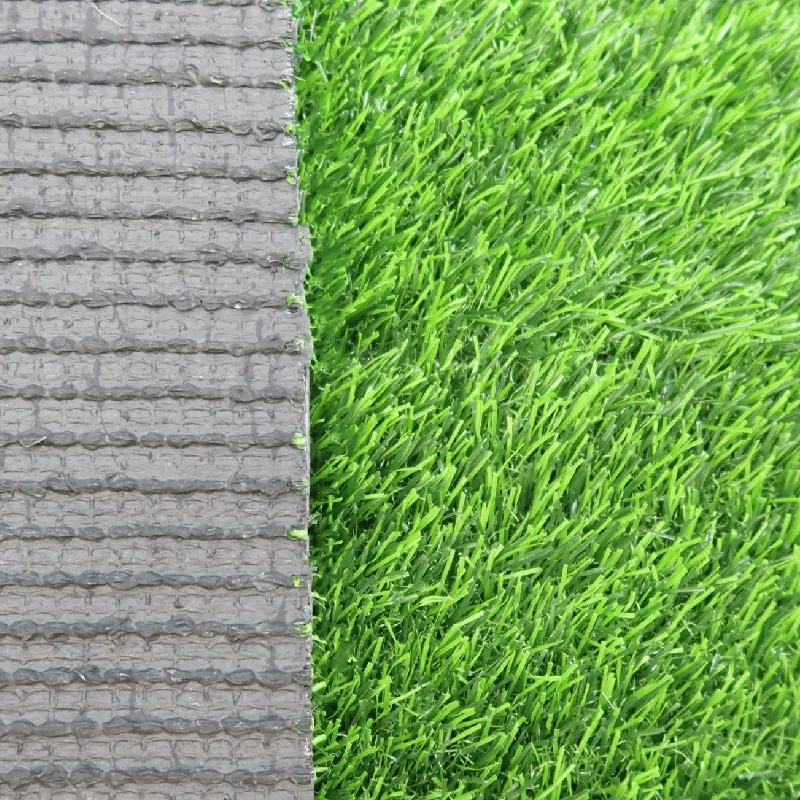
- Afrikaans
- Arabic
- Belarusian
- Bengali
- Czech
- Danish
- Dutch
- English
- Esperanto
- Estonian
- Finnish
- French
- German
- Greek
- Hindi
- Hungarian
- Icelandic
- Indonesian
- irish
- Italian
- Japanese
- kazakh
- Rwandese
- Korean
- Kyrgyz
- Lao
- Latin
- Latvian
- Malay
- Mongolian
- Myanmar
- Norwegian
- Persian
- Polish
- Portuguese
- Romanian
- Russian
- Serbian
- Spanish
- Swedish
- Tagalog
- Tajik
- Thai
- Turkish
- Turkmen
- Ukrainian
- Urdu
- Uighur
- Uzbek
- Vietnamese
artificial turf football field installation cost
Dec . 20, 2024 13:54 Back to list
The Cost of Installing an Artificial Turf Football Field
As sports organizations, schools, and community groups consider enhancing their facilities, the question of whether to install an artificial turf football field often arises. While the allure of a pristine playing surface is undeniable, the costs associated with such an installation can be significant. Understanding these costs is critical for decision-makers who want to make informed choices about their investments.
Initial Costs of Installation
The installation of an artificial turf football field typically ranges from $800,000 to $1.5 million, depending on several factors. These include the quality of the turf, the size of the field, and any additional features such as drainage systems, infill materials, and lighting. A standard football field measures 100 yards by 53.3 yards, translating to about 57,600 square feet. The price per square foot for artificial turf can range from $5 to $10, which forms the bulk of the installation cost.
Factors Influencing Costs
1. Type of Turf Not all artificial turfs are created equal. Options can range from basic models to premium ones that closely mimic the feel and look of natural grass. Premium turf often incorporates advanced technologies for better drainage and durability, which can significantly increase costs.
2. Subsurface Preparation A critical aspect of installing an artificial turf field is the preparation of the subsurface. This process includes grading the land, ensuring proper drainage, and sometimes laying down a shock-absorbing layer beneath the turf. The quality of the subsurface can greatly affect both the installation cost and the longevity of the field.
3. Infill Material Many artificial turf systems require infill materials, such as rubber or sand, which help stabilize the fibers of the turf and provide a more natural feel. The choice of infill can also impact the overall cost. For example, using recycled rubber may be more economical, while higher-end options like natural granules will drive costs higher.
artificial turf football field installation cost

4. Installation Labor Labor costs can vary widely based on the complexity of the project and the geographical location. Professional installation is recommended to ensure that the turf is laid correctly and meets safety standards. Local regulations may also require licensed professionals, which can further influence labor costs.
5. Additional Features Beyond the turf itself, there may be additional features that can add to the expense. These can include lighting for night games, scoreboard installation, spectator seating, and even fencing around the field. Such enhancements can significantly increase both upfront costs and ongoing maintenance expenses.
Long-Term Costs
While the initial investment can be substantial, it’s important to consider the long-term financial implications of artificial turf. One of the advantages of synthetic fields is that they require less maintenance compared to natural grass. There are no costs for mowing, watering, or fertilizing, which can lead to savings for organizations over time. However, periodic maintenance, such as grooming and infill replenishment, is necessary to keep the field in optimal condition.
Artificial turf fields also tend to have a lifespan of 8 to 15 years, depending on the quality of materials used and frequency of use. This longevity means that, although the upfront costs are high, the overall investment can be justifiable when spread over many years.
Conclusion
Investing in an artificial turf football field is a significant decision that comes with a variety of costs. From the initial installation to long-term maintenance, understanding the financial implications is crucial for organizations looking to improve their athletic facilities. While the costs may seem daunting, the benefits of reduced maintenance and enhanced playability often make artificial turf an appealing option for many stakeholders. As with any major investment, careful planning and budgeting are key to ensuring that the project is both financially feasible and beneficial for the community it serves.
-
The Benefits of Artificial Turf for Indoors
NewsJul.15,2025
-
How Artificial Grass Suppliers Ensure Quality Products
NewsJul.15,2025
-
Artificial Grass and Pets: A Space for Relaxation
NewsJul.08,2025
-
Balcony & Outdoor Decoration with Artificial Grass
NewsJul.08,2025
-
Best Indoor Artificial Grass for Home
NewsJul.07,2025
-
Best Pet Turf for Dogs: Safe & Durable Artificial Grass Options
NewsJul.07,2025
Products categories









